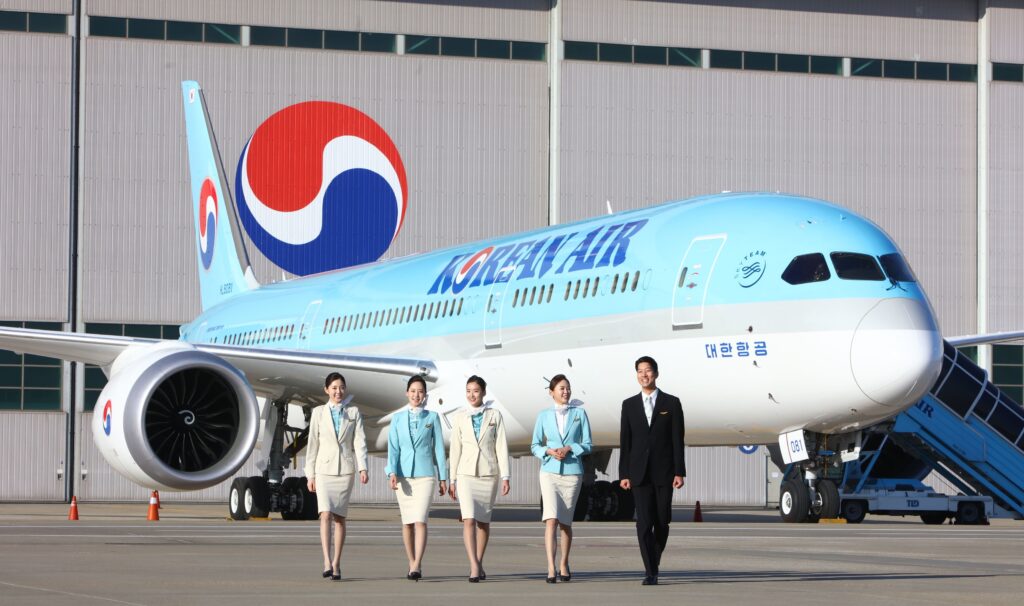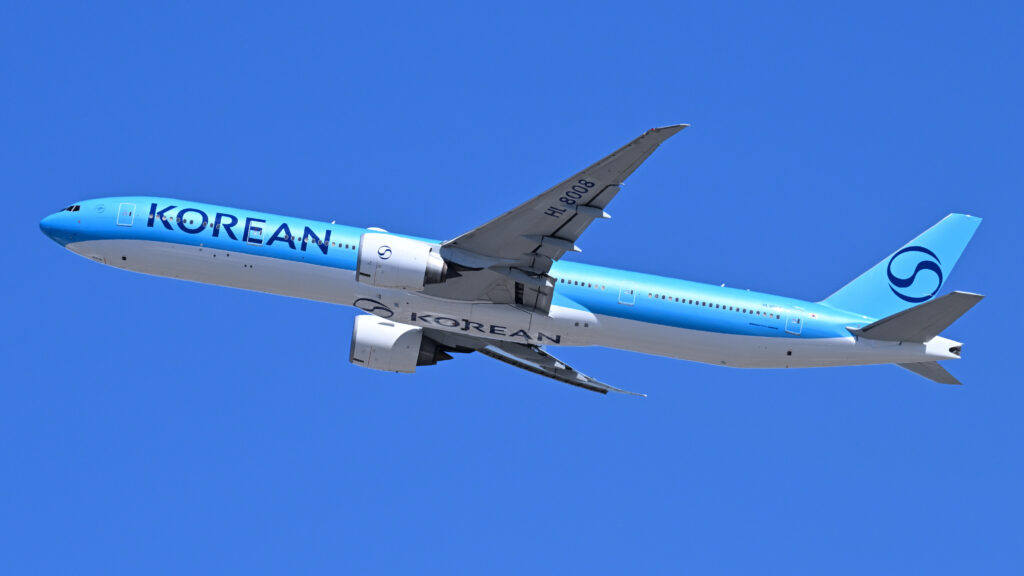South Korea’s airlines are taking to the skies with a bold new playbook. Faced with growing global competition and rapidly shifting traveler demands, carriers from the peninsula are redrawing the map, literally, by focusing on exclusive international routes that no other domestic airline serves. The strategy is not only redefining South Korea’s aviation growth model but also unlocking fresh revenue streams across under explored geographies.
Leading the charge is Korean Air, the nation’s flagship carrier, which has staked its future on a carefully curated network of unique, international destinations, connecting Korea to regions largely untouched by domestic rivals. With 34 solo-operated routes, Korean Air is positioning itself as a pioneer in niche, high-potential markets.
In just a year, the number of South Korean airline-operated international routes without domestic overlap rose from 65 to 76, reflecting a growing appetite for first-mover advantage. These exclusive paths, ranging from Japan to Europe, offer lower competitive pressure and higher margins, making them a strategic win for airlines and a fresh offering for travellers.
Korean Air’s latest additions include long-haul flights from Incheon to Lisbon and the return of the Incheon–Nagasaki service. These routes not only fill service gaps but also support the airline’s mission to build a resilient, future-ready global network.
“These moves mark a shift from volume to value,” says an industry analyst. “Korean carriers are no longer just chasing traffic, they’re curating it.”
While Korean Air expands across continents, Asiana Airlines is focusing on targeted growth, particularly in Japan and China. Its network of seven exclusive routes includes new links to Asahikawa and a planned seasonal service to Melbourne. The aim: enhance connectivity within Asia-Pacific while dipping into emerging long-haul potential.
South Korea’s low-cost carriers (LCCs) are also reimagining what budget travel can look like, reaching beyond traditional markets into ambitious, untapped destinations.
- Jeju Air operates 13 exclusive international routes, including lesser-known paths like Incheon–Batam (Indonesia) and Jeju–Xi’an (China), with a new service to Hakodate launching June 5.
- Jin Air has claimed routes to Ishigaki Island, Guam, and Clark in the Philippines, boosting its appeal among leisure travelers.
- Air Busan, headquartered in Korea’s coastal second city, has made Busan a springboard for international travel, with seven solo routes to destinations like Bali and Matsuyama.

Among the most daring players is T’way Air, the first Korean budget carrier to introduce direct routes to Europe. Now flying exclusively to Paris and Frankfurt, T’way has widened its reach to unconventional cities like Zagreb, Bishkek, and Ulaanbaatar, opening doors to cost-conscious adventurers looking to explore the fringes of the continent.
This aggressive international push marks a turning point for South Korea’s LCCs, which are no longer content with short-haul, high-frequency circuits. Instead, they are crafting identities rooted in exploration and accessibility.
Eastar Jet has rapidly grown its exclusive network with five new routes over the past year, including Incheon–Tokushima and Busan–Chiang Mai. Its upcoming entry into the Busan–Phu Quoc corridor highlights its continued focus on leisure-driven, underutilized markets.
Air Seoul, though smaller in scale, has doubled down on select high-demand routes. Its long-running service to Yonago saw an increase in frequency this year, thanks to sustained regional demand.
Behind this collective expansion is a shift toward data-driven planning. Korean airlines are now using traveler feedback, market research, and feasibility assessments to inform route decisions, moving away from traditional, volume-based forecasting models.
This emphasis on agility and insight reflects broader trends in post-pandemic aviation, where differentiation, adaptability, and efficiency are essential to long-term resilience.
The transformation underway in South Korea’s skies is more than a response to competitive pressure, it’s a reimagining of the aviation business itself. With each exclusive route, Korean carriers are writing a new chapter in global connectivity, one focused on smart growth, traveler value, and strategic foresight.



